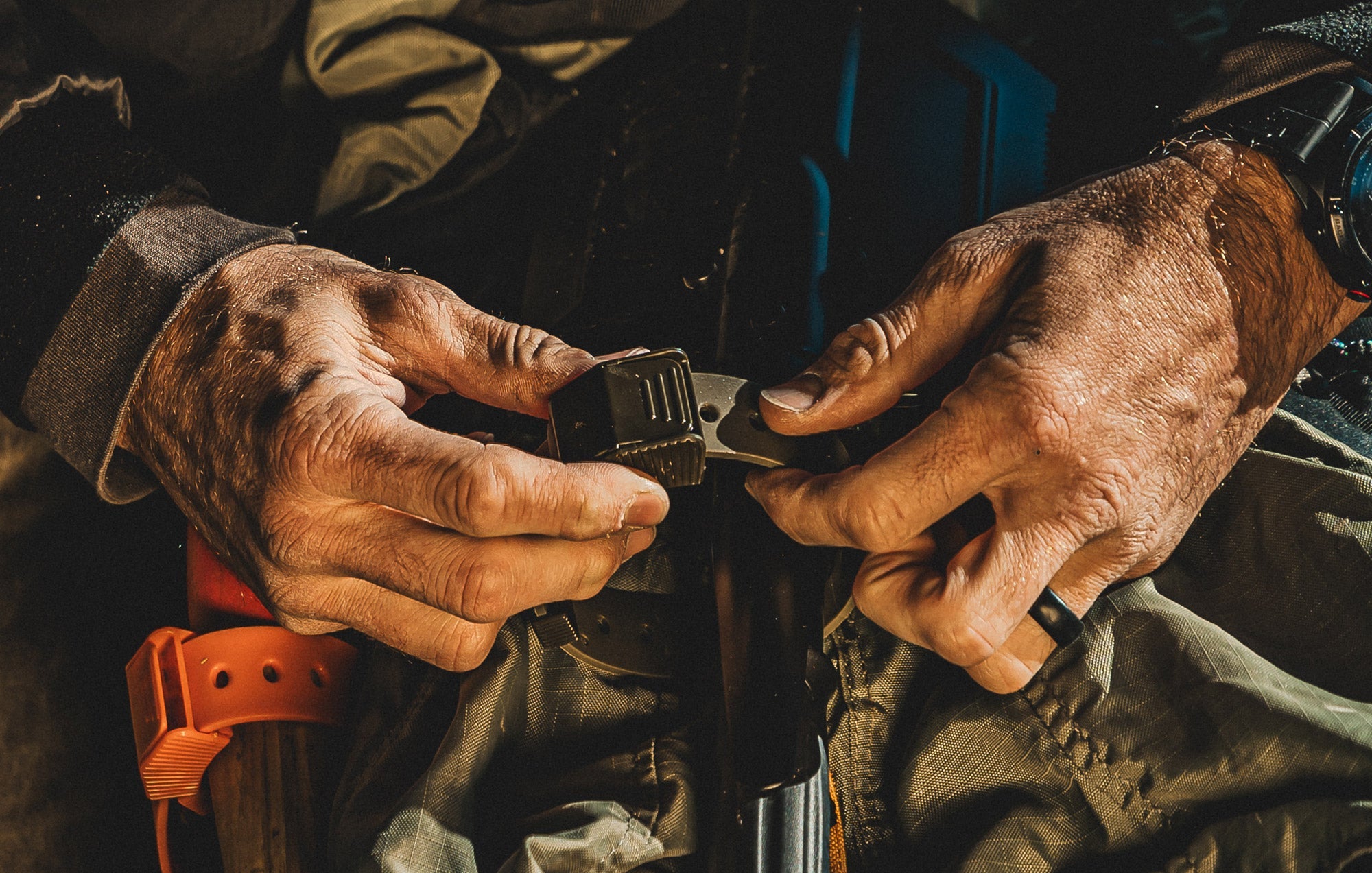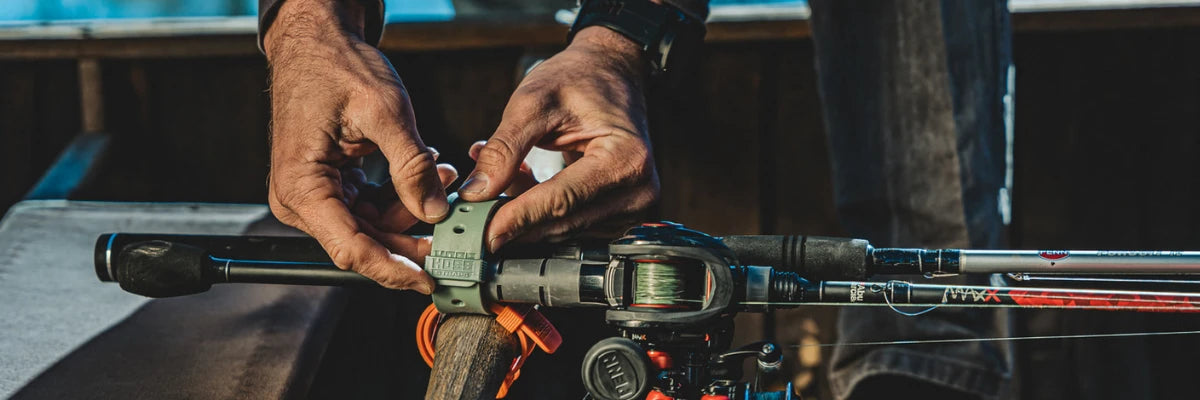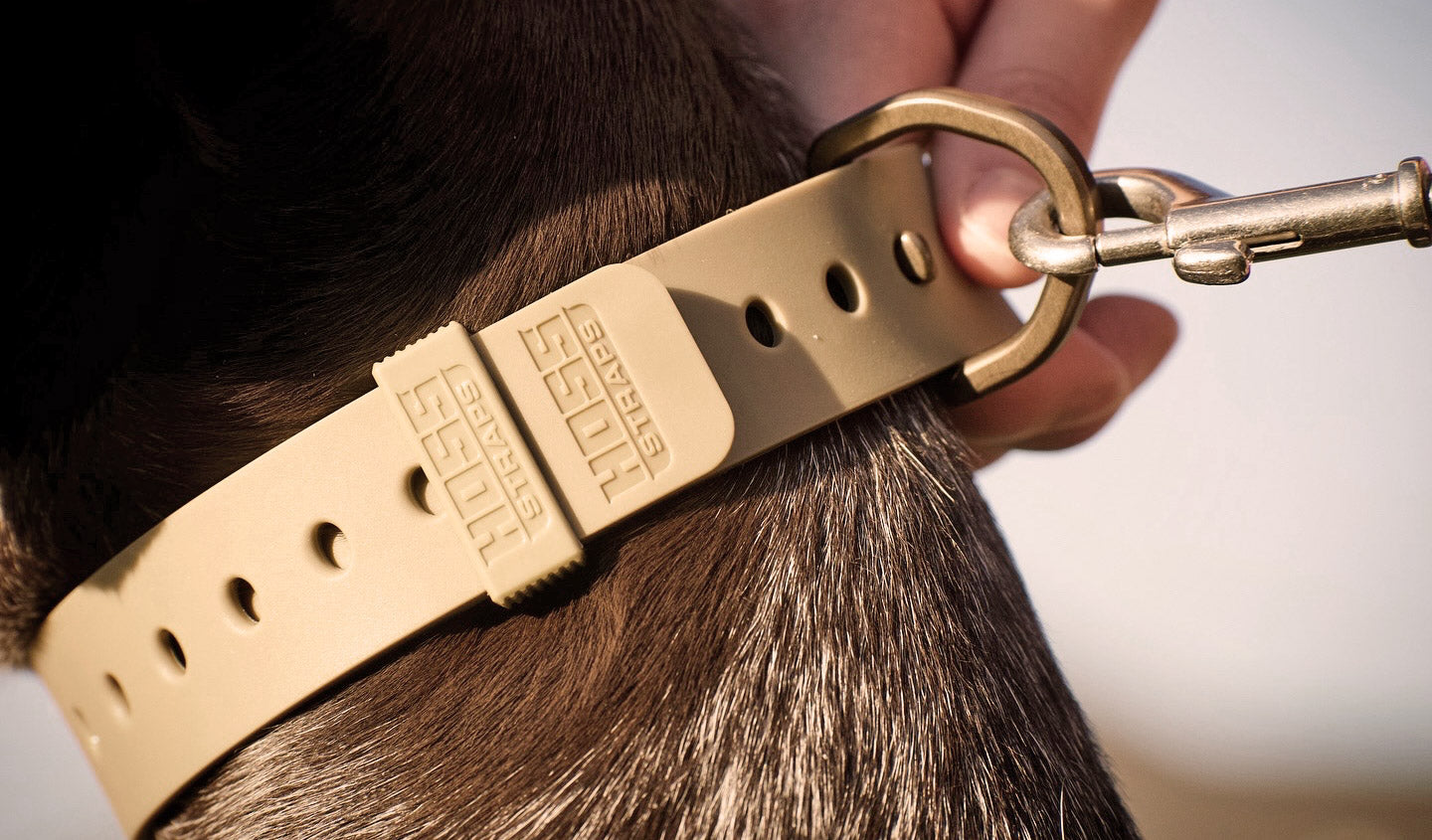Waterproof Straps: Keeping Gear Dry in Rain and Humid Conditions

Check out our weatherproof straps, marine grade straps, marine straps, boat straps, all weather straps and more!
Getting caught in unpredictable rain or muggy conditions is all part of the adventure for outdoor folks, boaters, and globetrotters. One key gear upgrade that’s often overlooked? Waterproof straps. These workhorses keep your kit dry and secure no matter where the journey leads.
Why Weather-Proofing Gear Matters
Rain, splashes, and humidity are more than a nuisance; they can ruin clothing, electronics, food, and other essentials. Moisture leads to mold and weakens gear, quickly turning a good trip bad (Deuter Waterproof Testing). Even short exposures can cause lasting damage.
Waterproof Straps 101
Waterproof straps are designed to repel water and resist soaking—even when exposed to intense wetness. Most are built from coated nylon, rubber, or advanced thermoplastic polyurethane (TPU) (REI Rainwear Guide). Waterproofing is achieved with special membranes, coatings, and tight weaves, plus durable water repellent (DWR) finishes that bead water off surfaces.
Unlike ordinary straps, waterproof versions often feature sealed seams, rustproof buckles, and reinforced stitching, all intended to survive storms, humidity, and rugged use.
Advantages of Waterproof Straps in the Field
For Outdoor Enthusiasts
Backpackers, cyclists, and campers rely on waterproof straps to keep packs, tents, and sleeping bags dry. Durable nylon and TPU buckles prevent water from wicking into gear during sudden downpours or long, humid hikes (Outside Online, 2025 Gear Test). Well-designed straps also resist mildew and quick degradation.
For Boaters and Water Sports
Saltwater, rain, and constant spray demand more than casual gear. Waterproof straps are essential for dry bags, securing coolers, and holding equipment in unpredictable marine conditions (Deuter Waterproof Materials). Rustproof materials and sturdy construction prevent failure, keeping valuables safely out of soggy situations.
For Frequent Travelers
Whether crossing rainy cities or humid countries, waterproof straps protect luggage and sensitive items (Arc'teryx Granville Review). Security-minded travelers favor quick-release and cam buckle types, ensuring fast access without risking wet possessions.

Choosing the Right Waterproof Strap
Look for straps rated with high durability (10,000 mm water column, IPX certifications), adjustable length, and compatibility across bags, dry cases, and outdoor gear (Deuter Waterproof Testing). Materials matter—polyurethane coatings and DWR treatments offer the best long-term protection.
Quick tips for choosing:
-
Opt for sealed or taped seams for maximum water defense.
-
Prioritize rustproof metal or plastic buckles.
-
Choose straps certified for waterproof standards like IPX4 or higher.

Maintenance and Care for Long Life
Waterproof straps last longer with proper cleaning and storage. Wash gently to remove soil and salt, air dry completely, and check for wear after rugged use (REI Rainwear Care). Replace straps showing frays, cracks, or loss of elasticity to keep gear reliable.
Tips for Keeping Gear Dry Beyond Straps
Combine waterproof straps with dry bags, rain covers, and hard cases for multi-layered protection (Dry Bag Guide). Pack gear smart—store valuables in upper compartments, use absorbent liners, and stow electronics in sealed cases. The more you layer your defense, the less likely moisture will ruin your equipment.
Frequently Asked Questions
1. Are waterproof straps really necessary for outdoor and travel gear?
Absolutely. Waterproof straps offer extra assurance against rain, splashes, and humidity, protecting gear from costly damage.
2. What materials make a strap truly waterproof?
Materials like coated nylon, TPU, and rubber are widely used; a polyurethane coating and DWR finish add reliable water resistance.
3. How do I know if a strap is rated for waterproofing?
Look for certifications like IPX4 or higher, taped seams, and manufacturer water column ratings (10,000 mm is ideal).
4. What’s the best way to clean and maintain waterproof straps?
Gentle washing, air drying, and inspection after each trip. Avoid harsh detergents and excessive heat, which break down coatings.
5. Can I use waterproof straps in saltwater environments?
Yes, but rinse after use to remove salt buildup, which can wear materials faster. Choose rustproof buckles for longevity.
Ready to keep your gear dry and secure? Visit Hoss Straps Collections for waterproof straps designed for reliable protection and peace of mind in any weather!




